Time flies, and as the months swiftly pass, in the blink of an eye, the year 2021 is nearing its conclusion. On this occasion of bidding farewell to the old and welcoming the new, the planned and organized 2021 ONE Team Subject Contest of DongGuan Southern CIMC Logistics Equipment Manufacture Co., Ltd. took place as scheduled in the training room. The event was attended by company management leaders, department managers, administrative representatives, frontline employees, and representatives from each ONE team, totaling over 40 individuals. The primary purpose of this contest was to enhance the collective improvement capabilities of all members, ignite enthusiasm for improvement, create a positive atmosphere for enhancement efforts, and provide a platform for showcasing individual achievements and self-value to the entire team.
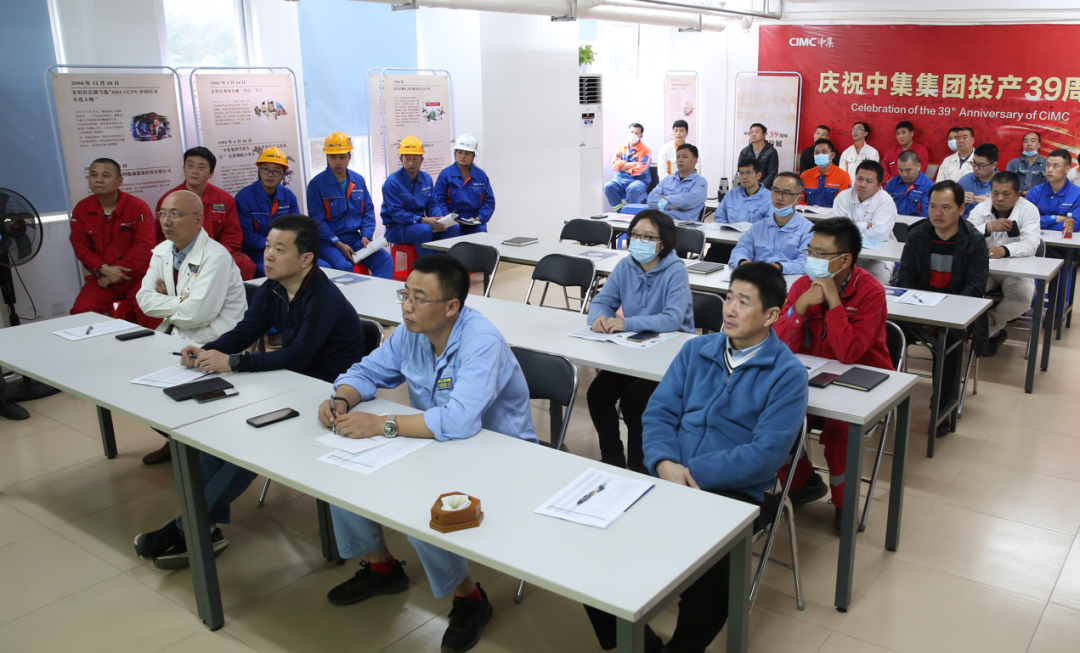
First, Mr. Guo Xunhui, the Director of the Planning and Management Department, presented the progress of lean initiatives in 2021. Mr. Guo covered various aspects including "achievements, skill development, cultural cultivation, and talent nurturing." Through a range of data indicators and representative improvement cases, he provided a comprehensive overview of the accomplishments made by DongGuan Southern CIMC Logistics Equipment Manufacture Co., Ltd. in lean practices during 2021. Additionally, he reported the company's participation in the group's lean activities throughout the year, summarized areas for improvement, and outlined the key focus areas for 2022.Following this, representatives from the top six ranked ONE teams from various departments (Challenge Team, Joyful Group, Enterprising Squad, Dynamic Team One, Trailblazers, and Pioneers) sequentially presented their ONE project topics. They shared their improvement strategies, processes, outcomes, and experiences in diverse formats.
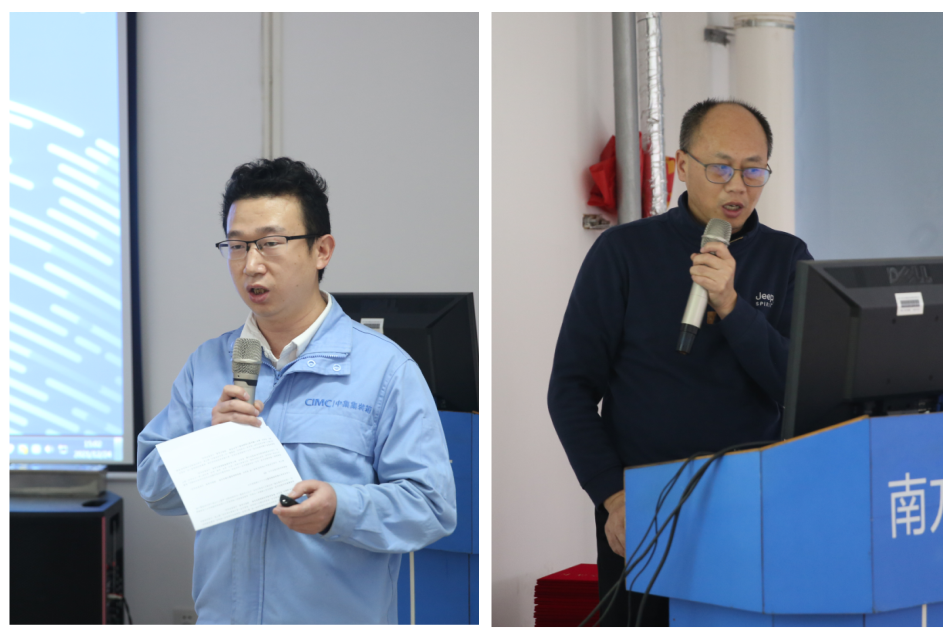
The first presentation was delivered by the Challenge Team from the Production and Manufacturing Department, showcasing their project titled "Reducing Front Wall Panel Pressing Wave Distance Deviation." They adopted a conversational approach to address the issue of a high defect rate (8.46%) in the pressing wave distance of front wall panels. Through the application of lean methodologies within the team, they systematically analyzed root causes, verified their findings, and implemented countermeasures. Ultimately, they successfully reduced the defect rate to 0.1%, surpassing the target. This achievement not only enhanced product quality and production efficiency while minimizing waste but also significantly boosted the confidence and determination of team members.

Next, the "Joyful Group" from the Production and Manufacturing Department presented their improvement project titled "Eliminating Defect Rate in Lower Beam Support Plate Assembly." Aligned with the department's quality requirements, they selected this topic and applied lean tools such as Gantt charts and fishbone diagrams. They traced the issue back to its root causes and implemented countermeasures to address them. As a result of their efforts, they successfully reduced the defect rate in the assembly of lower beam support plates to zero, meeting their target. This achievement led to a dual enhancement in both overall assembly production efficiency and the quality of floor assembly.
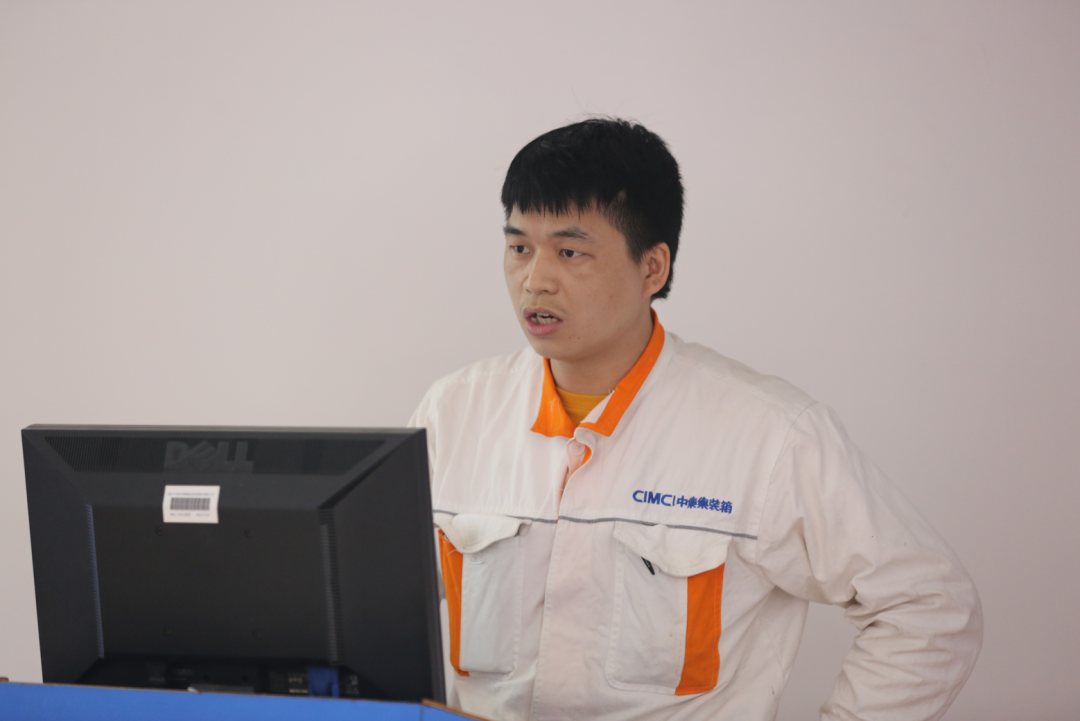
Following that, the "Enterprising Team" from the Quality Assurance Department presented their improvement project titled "Reducing Scrap Rate in Rear Corner Column Pressing." Confronting a 1.13% scrap rate in the pressing of rear corner columns, they embodied the spirit of "enterprising" and set a goal to reduce it by 50%. Through collaborative efforts involving production, equipment, and QC departments, they utilized tools like the Ishikawa diagram to analyze causative factors and validate countermeasures. Their dedication led to a remarkable achievement: they successfully lowered the scrap rate to 0.28%, a reduction of 75.2%, effectively achieving their target. This accomplishment once again highlighted the power of teamwork and collaboration.
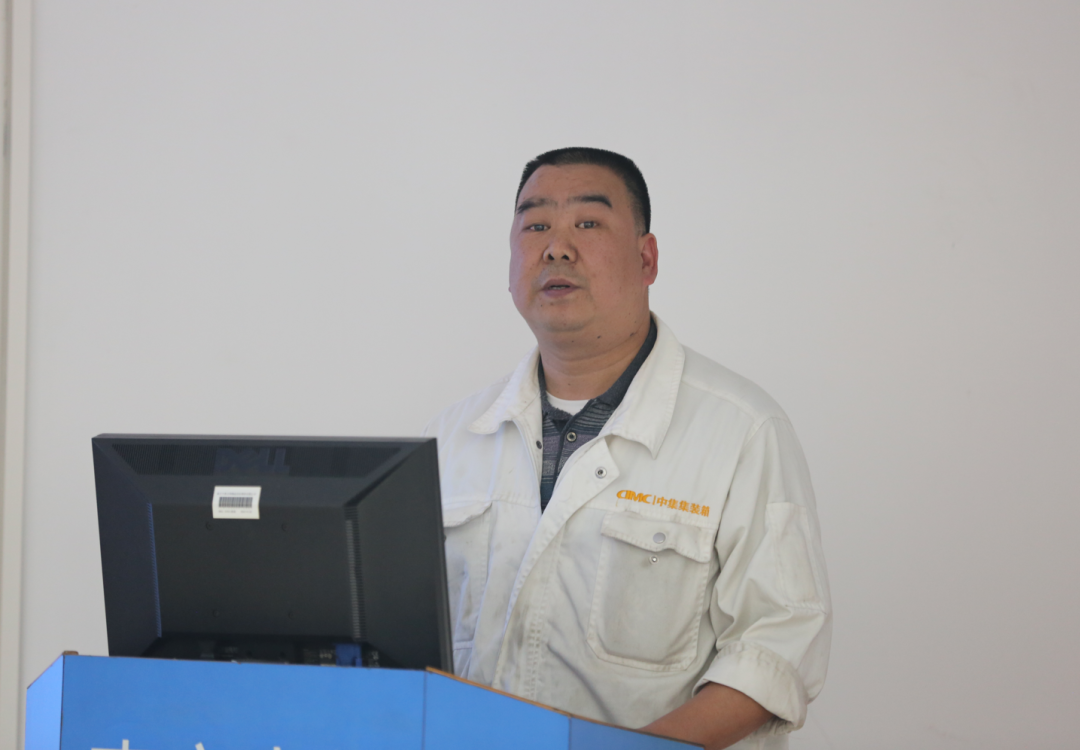
Following this, Mr. Yang, the Manager of the Production Department, provided feedback on the presentations of the first three teams. Mr. Yang pointed out that the ONE teams primarily focus on grassroots-level improvement activities. He highlighted the importance of keeping the background explanation of the project concise and easy to understand. Setting clear goals is essential to guide improvement efforts, and these goals should be challenging and specific, avoiding the use of vague proportions.Mr. Yang also expressed his appreciation for the efforts of frontline staff in implementing standard work improvements to enhance efficiency. He emphasized that quality management requires collaborative efforts from all departments to prevent and eliminate quality issues at their source. Upholding the principle that quality is manufactured, he encouraged continuous enhancement of product quality and the establishment of a strong reputation for quality in the eyes of customers.

Next, the presentation was given by the "Fancy Team" from the Production Department, who presented their improvement project on reducing the occurrence rate of floor quality issues. The team made a captivating entrance using a skit, which garnered enthusiastic applause from the audience. Their presentation was met with continuous applause throughout.The team addressed the challenge of high occurrence rates of subpar quality in the floor products, accounting for 29.55% of defects. They set an ambitious goal of reducing this rate by 50%, in alignment with departmental guidelines. Using a root cause analysis and validating the effectiveness of each countermeasure, they progressed step by step, steadily working towards their target. Ultimately, they successfully achieved their goal through their diligence and thoughtful approach.
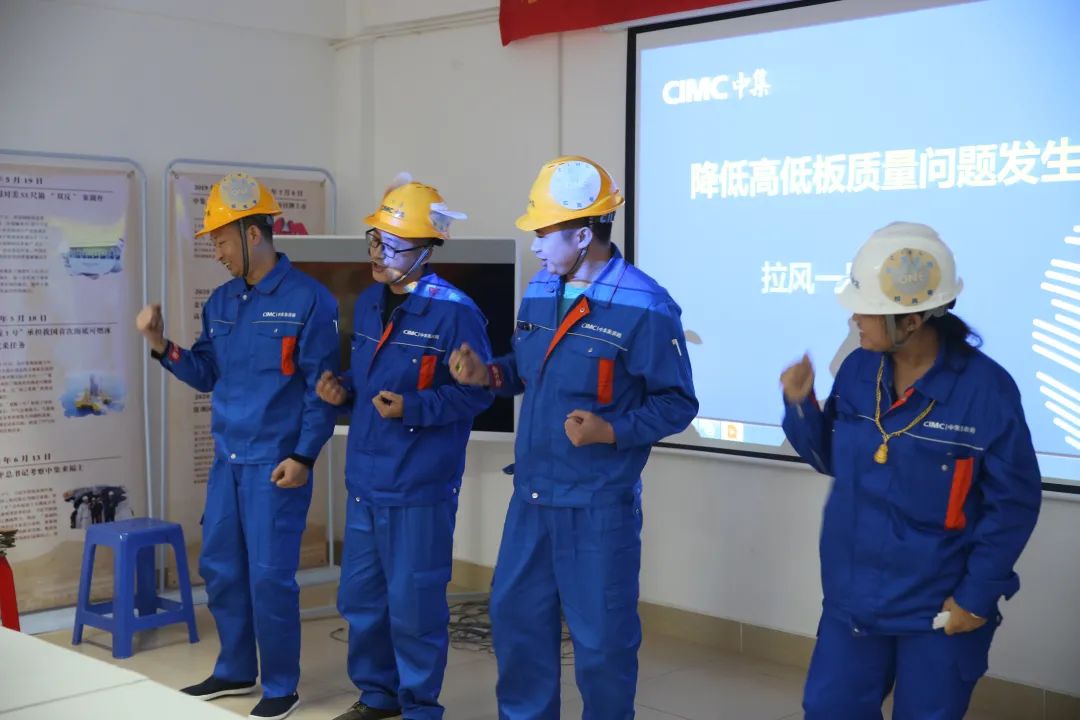
Following that, the "Pioneering Team" from the Material Handling Department presented their improvement project on reducing the rental expenses of finished container yards. Against the backdrop of a high production volume of 500,000 TEUs this year, the team's efforts proved to be pivotal as external yard rentals were nearly eliminated.By continuously exploring available space within the factory premises, the team ingeniously developed a simplified yard at a low cost. This innovative approach allowed us to maximize the utilization of available space, resulting in a significant reduction in external yard expenses compared to previous periods.

Finally, the "Pioneers Team" from the Production Department presented their improvement project on enhancing the production cycle of phase one rear door hinge robots. They skillfully intertwined the project's content with the narrative of "Journey to the West," captivating the audience with live performances and laughter, ultimately reaching a climax. Analyzing the department's guidelines and the current situation, they identified that the production cycle of the phase one rear door hinge robots stood at 98 seconds, falling short of the company's requirement of 83 seconds, thus necessitating urgent improvement.
The team members collaborated closely, conducting rhythm measurement analysis to pinpoint bottleneck workstations. Utilizing a fishbone diagram, they unearthed the root causes and verified solutions for improvement. Through the team's persistent efforts, they successfully reduced the production cycle of the phase one rear door hinge robots to 81 seconds, achieving the improvement goal. Simultaneously, all team members gained valuable insights from this "true scripture" of improvement. The widespread implementation of robotics on-site continually elevates our levels of automation and intelligence, propelling us towards becoming a benchmark enterprise.The journey of continuous improvement has no end. Although the presentation of each team's project marks its conclusion, their dedication to improvement remains an ongoing endeavor.

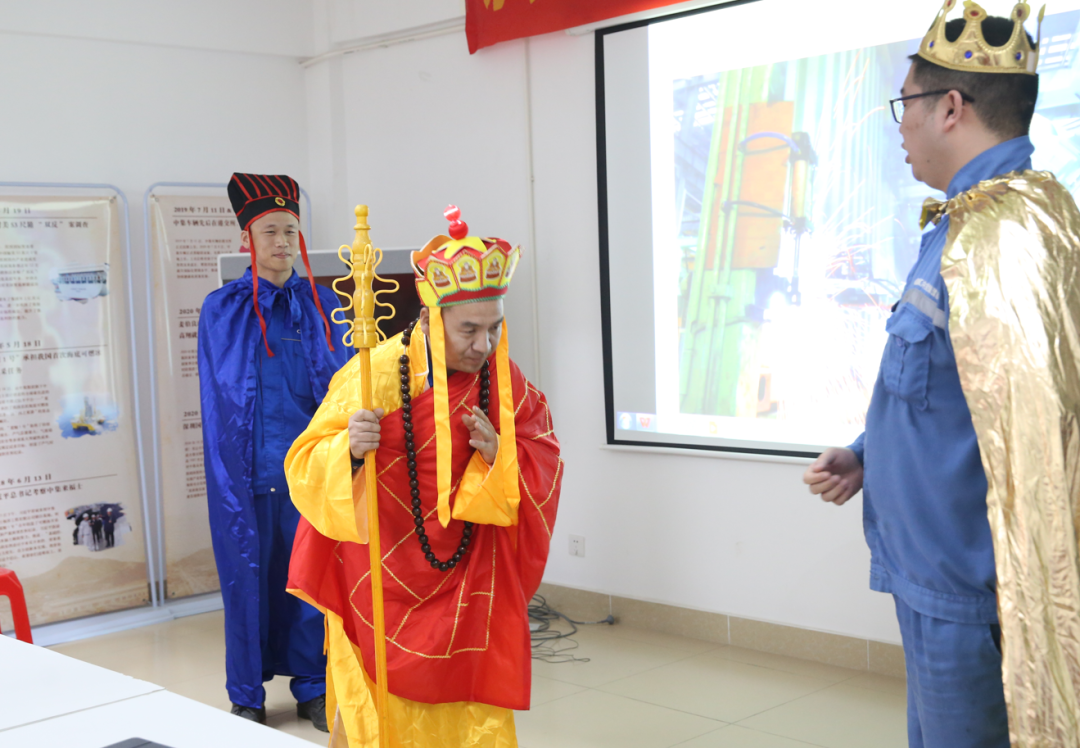
After all the project presentations were completed, Manager Wu from the Planning and Management Department provided feedback on the projects of the last three teams. Manager Wu pointed out that these projects exhibited creativity in both presentation style and content. He emphasized that all of our ONE team activities are practical applications of the "Eight-Step Method," a structured approach that forms an efficient work methodology through logical thinking.Manager Wu highlighted the importance of setting challenging goals for ONE team activities, as well as the rational use of improvement tools like fishbone diagrams and affinity diagrams. He stressed the need for standardizing project methodologies. This involves enhancing operational documents such as procedures, processes, and forms to ensure that the results of improvement efforts are solidified. Additionally, these improvements should be shared horizontally and promoted across the organization to maximize their impact.He encouraged mutual learning and progress among all ONE teams, striving for even better results in the future. This year, following Mr. Liu's instructions, the ONE teams underwent reforms, adding 43 permanent teams to achieve full coverage of on-site workgroups. Manager Wu expressed his hope that these ongoing improvement teams would play an active role in areas such as safety, quality enhancement, cost reduction, and efficiency improvement. The company also plans to provide incentives for the achievements made by the ONE teams in accordance with relevant policies and procedures.
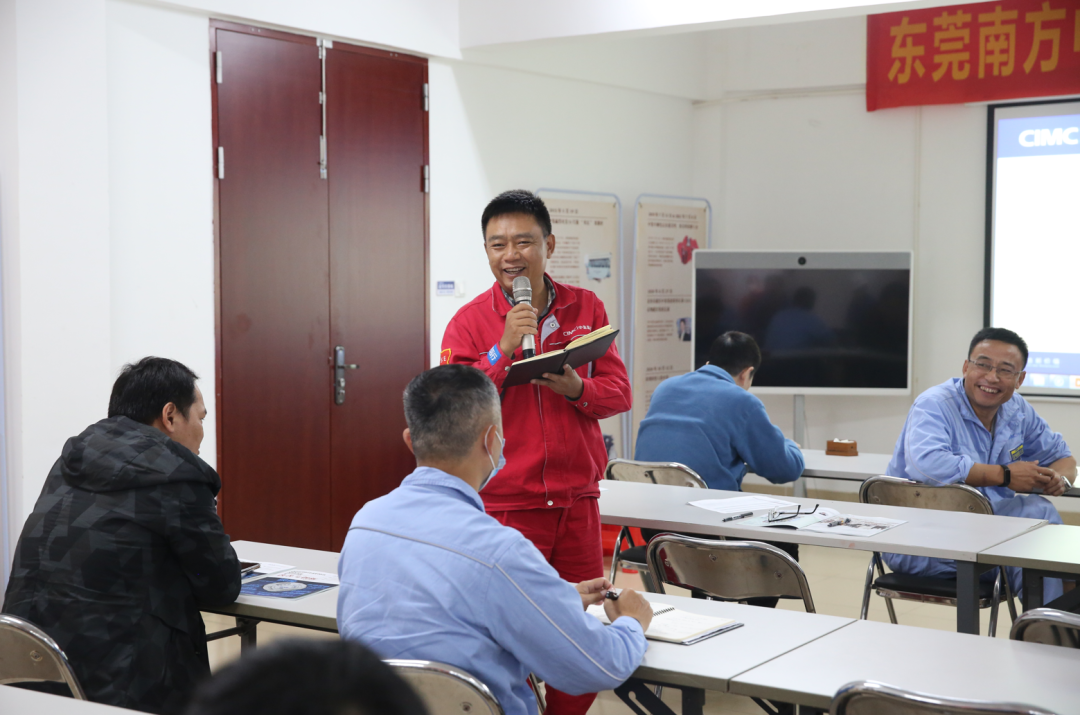
In order to maximize the enthusiasm for improvement among all staff members and foster a comprehensive atmosphere of continuous improvement, this competition not only offered cash rewards of up to 1500 yuan, but also a variety of valuable prizes. Additionally, to objectively assess the value of different improvement projects, the competition adopted a scoring method involving the invitation of company leaders. This method involved on-site evaluations and the selection of first, second, and third-place winners. Different levels of awards corresponded to varying amounts of cash rewards and prizes.After an intense competition lasting nearly 2 hours, the "Enhancement of Production Cycle Time for Phase One Rear Door Hinge Robots" improvement project presented by the "Pioneers Team" emerged as the winner with a score of 91.9. The team's rich content and unique presentation style contributed to their success. The "Stylish Team" and the "Challenger Team" secured the second and third places respectively, with scores of 87.3 and 84.5. The "Joyful Group Team," "Enterprising Team," and "Pioneer Team" claimed the third-place positions.
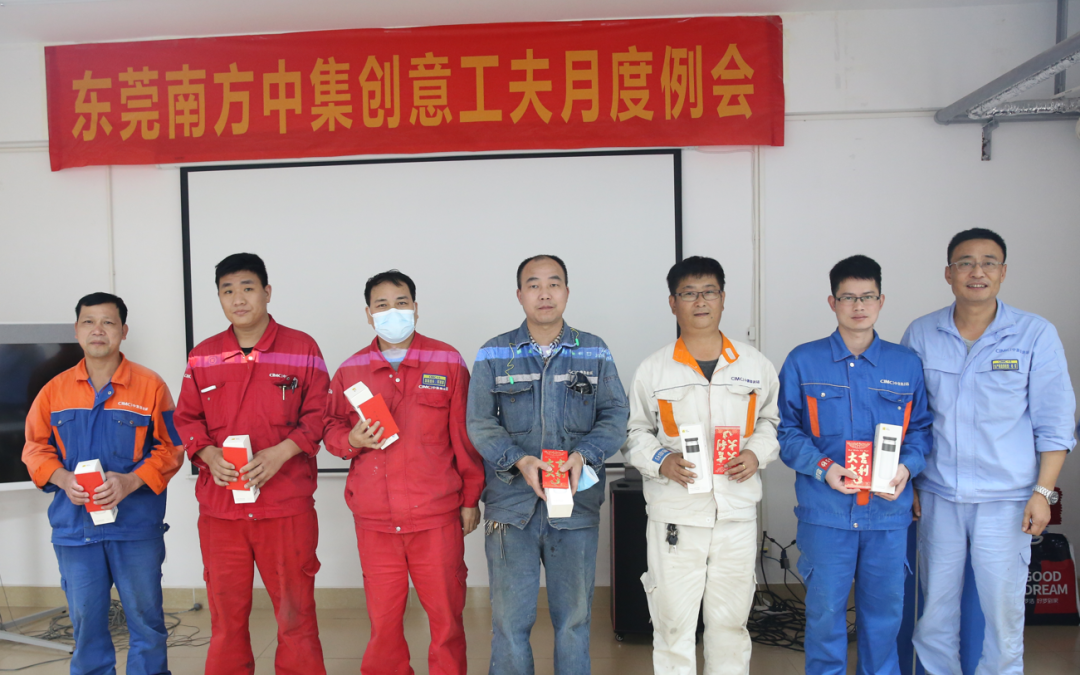
Subsequently, the awards presentation ceremony commenced with the participation of Mr. Liu, the General Manager, Yang Jun, the Manager of the Production and Manufacturing Department, Liao Yan, the Manager of the Quality Assurance Department, and Wu Gang, the Manager of the Management and Planning Department. They presented the cash rewards, prizes, and certificates of honor to the representatives of the ONE teams that had achieved first, second, and third place, as well as those recognized with the Outstanding Award. The event concluded with a group photograph to commemorate the occasion.
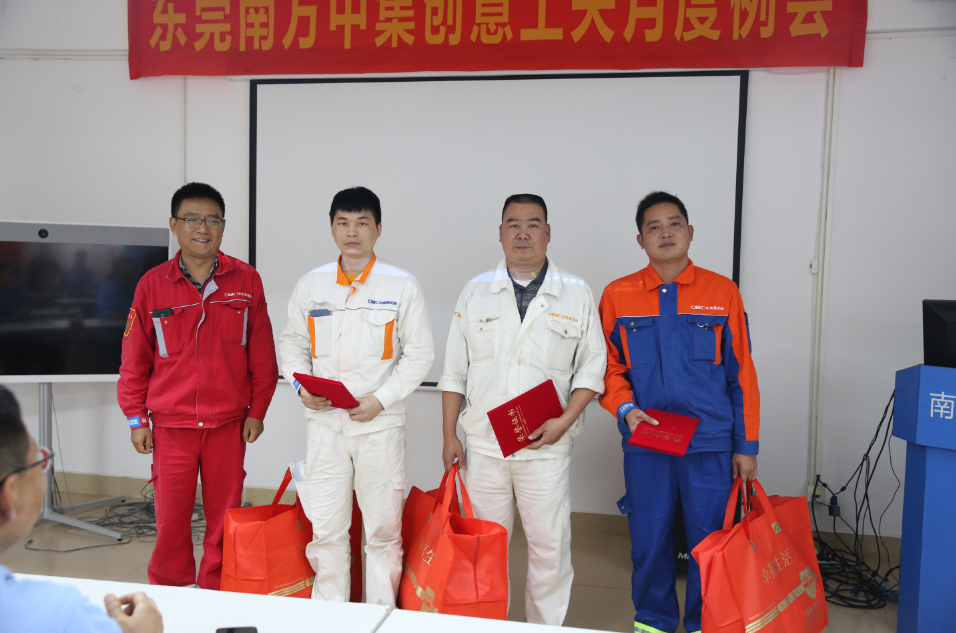


Lastly, General Manager Liu delivered a significant speech. He emphasized several key points:
Firstly, through this competition, it is evident that as one of the earliest participants in the group's lean activities, our foundation in improvement remains strong. The presentations showcased exceptional technical skills, delivery style, and a positive spirit, reflecting the deep-rooted nature of our improvement initiatives. The high level of participation and enthusiasm indicates a shared commitment.
Secondly, in the context of this year's high production output, the significant improvements achieved across various project topics are noteworthy. This demonstrates that there is still substantial potential for improvement activities, such as creative ideas, ONE team initiatives, and TBP/TPS practices. Liu encouraged everyone to persist in their efforts.
Thirdly, he emphasized the importance of strengthening lean activities in the company for the year 2022. This entails alignment from the company's policies, departmental guidelines, and project topics, down to the ONE teams and creative ideas. Liu called for a top-down and bottom-up approach. He expressed the aim for standard container (box) efficiency and production pace to lead the industry, while also aiming to achieve breakthroughs in specialized containers (high cube, refrigerated, etc.). Despite the later start in specialized containers, he highlighted our advantageous starting point with 40 years of experience in container manufacturing and advanced production lines.
Liu encouraged everyone to continue participating in improvement activities such as the ONE teams in the year 2022, aiming to involve a growing number of individuals. In conclusion, he expressed his hope that in the new year, with increased enthusiasm and vigor, everyone would actively engage in activities that contribute to building a leading enterprise, and through this journey, share the accomplishments.

Continuous improvement knows no limits, and the time for striving is now! Each one of us should hold onto the belief of "True Belief, True Learning, True Understanding, True Application, True Persistence." With this conviction, let's join hands and stride forward on the path of lean practices.